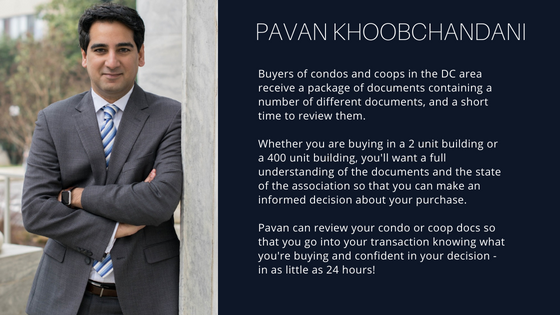Understanding the Interplay Between a Condo’s Master Insurance Policy and Your HO-6 Policy
- Pavan Khoobchandani
- Jul 9, 2024
- 3 min read
Updated: Jan 11

When you buy a condo, one of the documents you'll be provided with during the condo doc review period is a certificate of insurance for the association's master insurance policy. That's not all the insurance you'll need, however. You also need an insurance policy for your unit, often called an H0-6 policy. How do these two policies intersect and interact? Here’s what you need to know:
What Is a Master Insurance Policy?
The condo association’s master insurance policy is a policy that covers common areas and structural aspects of the condominium property. Depending on the type of master policy, it may include:
Bare Walls Coverage: Covers only the building’s structure, such as walls, roof, and common areas, but does not include fixtures, flooring, or appliances within individual units.
Single Entity Coverage: Covers the building structure, common areas, and some fixtures within individual units, such as plumbing and electrical systems, as originally installed (not any owner upgrades).
All-Inclusive (All-In) Coverage: Covers the structure, common areas, and built-in fixtures and finishes in individual units, regardless of upgrades or modifications made by unit owners.
The type of master policy in place determines the extent of coverage for the building and your unit.
What Is an HO-6 Policy?
An HO-6 policy, also known as condo unit owner's policy, is a personal insurance policy that protects your unit and personal property. It typically includes:
Coverage for Unit Interiors: Protects finishes, fixtures, and upgrades not covered by the master policy.
Personal Property Coverage: Covers belongings such as furniture, clothing, and electronics.
Liability Coverage: Provides protection if someone is injured in your unit or if you accidentally cause damage to another unit.
Loss Assessment Coverage: Helps pay for shared losses assessed to unit o
Additional Living Expenses: Covers temporary housing and other costs if your unit becomes uninhabitable due to a covered event.
How the Policies Work Together
The master insurance policy and your HO-6 policy work in tandem to provide comprehensive coverage. Here’s how:
Clarifying Coverage Boundaries: The master policy typically covers the building’s exterior and common areas, while your HO-6 policy covers your unit’s interior and personal belongings. Review the master policy to understand where its coverage ends and your HO-6 policy begins.
Covering Gaps: If the master policy has bare walls or single entity coverage, you may need to expand your HO-6 policy to include coverage for flooring, cabinetry, and other unit fixtures.
Handling Deductibles: Condo associations often carry high deductibles for their master policy. If a loss occurs, in certain situations the association may assess a unit owner for a portion of the deductible. Loss assessment coverage in your HO-6 policy may help mitigate this cost.
Addressing Liability: While the master policy includes liability coverage for common areas, your HO-6 policy protects you from liability claims related to your unit or personal actions.
Questions to Ask Before You Buy
Before purchasing a condo, review the condo association’s master insurance policy and governing documents, such as the declaration and bylaws. Review them carefully or consult with an attorney or insurance professional to clarify:
What does the master policy cover?
What type of coverage will you need to fill any gaps?
What is the association’s deductible, and how are assessments handled?
Are there any specific insurance requirements for unit owners?
The Bottom Line
Unexpected things WILL happen in a condo. All condo owners should invest time into making sure their insurance protects them to the best extent possible.

.png)